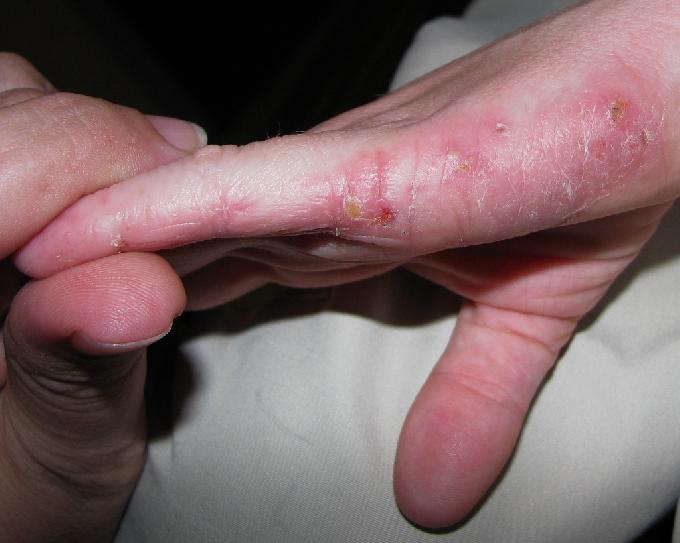Eczema is a skin condition affecting millions of people worldwide. And the cases are on the rise.
This chronic skin condition makes the skin dry, red, itchy, and cracked. Sometimes, fluid-filled blisters develop under the skin and the clear liquid may leak from the rash.
Currently, there is no cure for this disorder, but proper treatment usually eases the symptoms.
Scientists already knew that a missing protein called filaggrin is the prime cause of eczema in a person. Filaggrin protects the skin from irritants. Genetic mutations can cause the lack of this protein.
How does eczema actually develop when filaggrin is lacking?
Until recently, scientists weren’t sure how the lack of filaggrin caused eczema.
But now, a team of researchers from Newcastle University in the U.K., working in collaboration with Stiefel (a GlaxoSmithKline company), has developed a better understanding of the pathways involved in triggering eczema beneath the skin.
Research will take us closer to an eczema cure soon.
Nina Goad of the British Association of Dermatologists said, “This latest research from Newcastle is crucial as it expands on our knowledge of how filaggrin impacts on other proteins and pathways in the skin, which in turn trigger the disease. This type of research allows scientists to develop treatments that target the actual root cause of the disease, rather than just managing its symptoms. Given the level of suffering eczema causes, this is a pivotal piece of research.”







